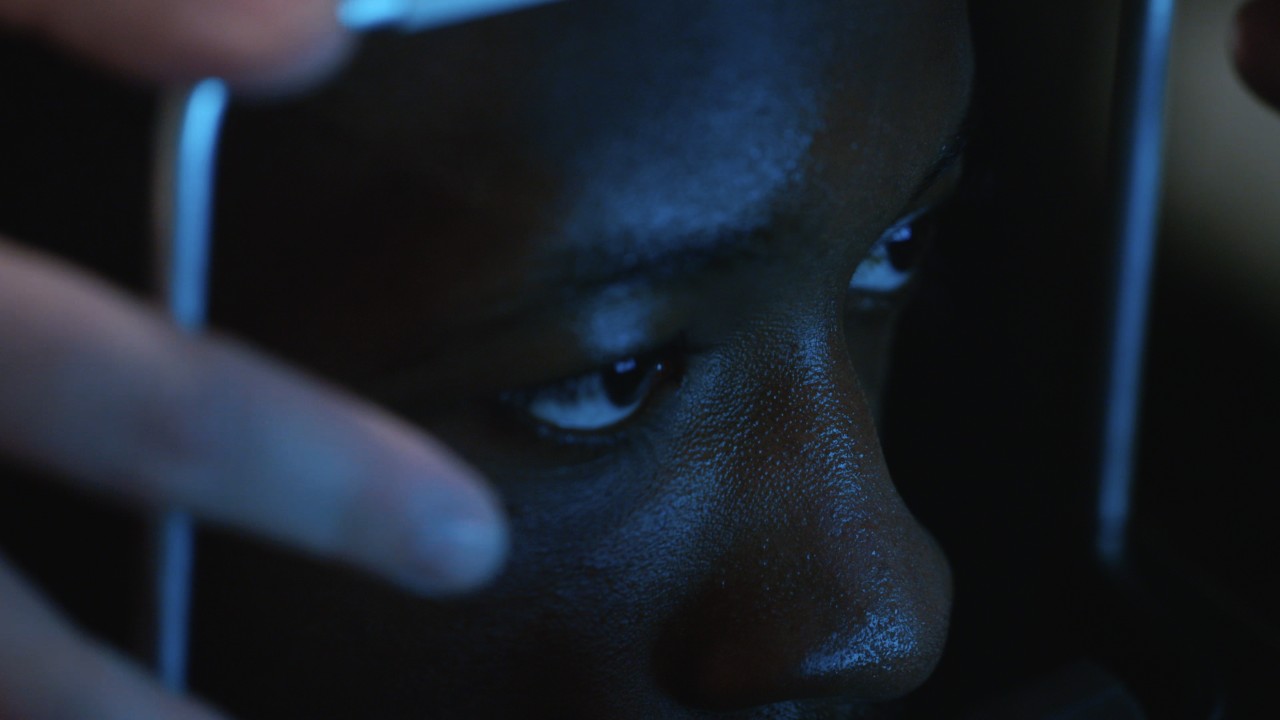

Double or blurred vision after a head injury might also indicate a more serious neurological disorder, such as migraine with aura or migraine-associated vertigo. This can stem from what is known as convergence insufficiency in effect, the alignment of the eyes diverge when trying to focus on nearby objects. Blurred or double visionīlurry or double vision (diplopia) are a common complaint after a concussion and may result from damage to the muscles and/or nerves around the eye. (Think post-concussion headaches which also leads to eye pain and light sensitivity, for example.) Regardless, we explore each of these symptoms in depth below. Some of these may directly affect ocular function while others may be part of an impairment with vestibular or neurological systems-which ultimately causes the eye or vision issues. Among adolescents, nearly half had been clinically diagnosed with more than one eye symptom as result of their concussion.

Eye symptoms are a frequent side effect of a concussion, and studies have found that vision problems may affect 69% to 82% of concussed patients, regardless of age. DOI: 10.1097/WCO.For those who have experienced any type of head trauma that results in a concussion or post-concussion syndrome, you probably are well aware that there can be numerous eye-related problems that result. Treatment of nystagmus and saccadic oscillations. Vision and vertigo: Some visual aspects of vestibular disorders. books?id=XU5oAgAAQBAJ&pg=PA141&lpg=PA141&dq=oscillopsia+symptoms&source=bl&ots=aHAMu5M85G&sig=gbt4bwf9x8Fu7BYNZWINhoCx4NU&hl=en&sa=X&ved=0ahUKEwjKxveC7PPYAhVFdt8KHZJODQI4HhDoAQg4MAM Oxford Textbook of Vertigo and Imbalance. aao.org/eye-health/diseases/nystagmus-cause

You can learn more about how we ensure our content is accurate and current by reading our editorial policy. Healthline has strict sourcing guidelines and relies on peer-reviewed studies, academic research institutions, and medical associations. Your doctor or a physical therapist can recommend other exercises to try. Throw a ball from one hand to the other.Walk across the room with your eyes open and then closed.Move from a sitting to a standing position with your eyes open and closed.Bend your head forward and backward, and from side to side.Move your eyes slowly up and down and from side to side.However, Botox injections can make it harder to move your eyes normally, and their effects tend to wear off after a few weeks or months.Įxercises like these could help you adapt to, or even improve, your vision: Another option is to get injections of botulinum toxin into the muscles that control your eye movement. Wearing special glasses or contact lenses can help reduce the visual effects of nystagmus. memantine (Namenda), Alzheimer’s treatment.clonazepam (Klonopin), anti-anxiety drug.carbamazepine (Tegretol) or gabapentin (Neurontin), epilepsy drugs.4-aminopyridine (Ampyra), a multiple sclerosis treatment.If nystagmus caused the condition, medicines like these might help: Your doctor will treat any medical condition that might have caused your oscillopsia. If oscillopsia doesn’t improve, it can be very disabling. Others may have permanently jumpy vision.
#CONCUSSION FLICKERY EYESIGHT HOW TO#
Some people may eventually learn how to compensate for oscillopsia. the use of certain medicines, such as lithium or anti-seizure drugs.inner ear problems such as Meniere’s disease.Nystagmus can affect your vision, depth perception, coordination, and balance. This is a condition that causes your eyes to shift from side to side, or jump up and down in an uncontrolled way. damage to nerves in the brain (cranial neuropathy)Īnother cause of oscillopsia is nystagmus.damage from medicines like gentamicin (an antibiotic).As a result, objects will appear to jump. If your VOR isn’t working, your eyes will no longer move in tandem with your head. This reflex makes your eyes move in coordination with the rotation of your head. One possible cause is the loss of your vestibulo-ocular reflex (VOR). Oscillopsia is caused by nervous system disorders that damage parts of the brain or inner ear that control eye movements and balance.


 0 kommentar(er)
0 kommentar(er)
